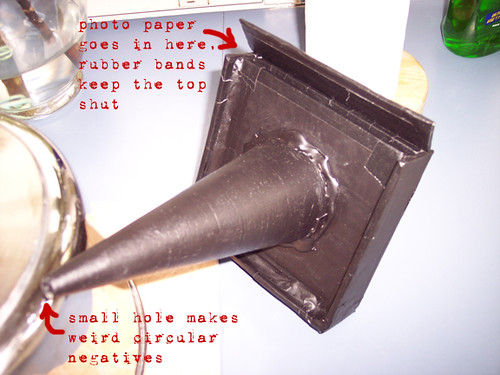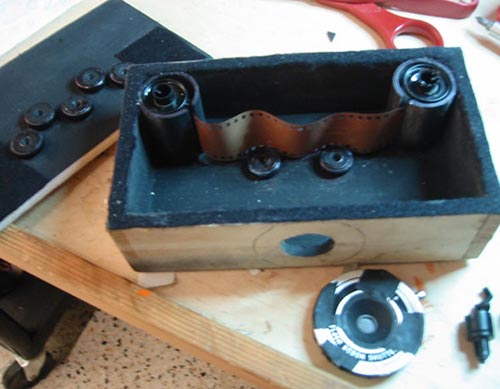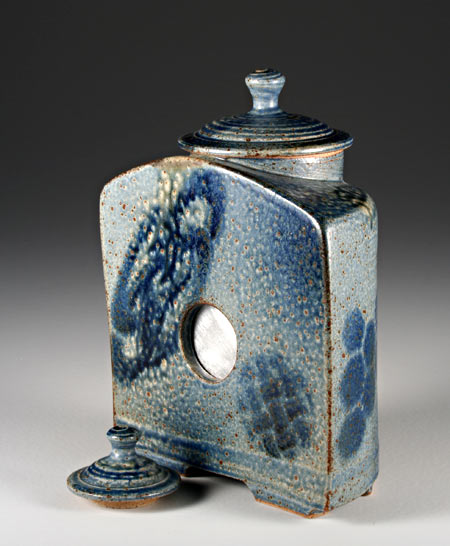Adrian Hanft (of Lego pinhole camera fame) wrote a nice, step-by-step tutorial on converting a Polaroid SX-70 camera—whose Time Zero film has been discontinued—to take the still-available 600 film. He writes:
Polaroid 600 film actually fits in an SX-70 camera pretty easily. The problem with using 600 film in the SX-70 is that it is four times more sensitive than SX-70 film. Without modification, all your photos taken with 600 film would be overexposed. To correct this problem, we are going to adjust the camera by two stops. We will use a one stop neutral density filter to cover the lens, and we will remove the neutral density filter that covers the photocell. If you are wondering why we are adjusting by two stops when the film is four times faster, here is a quick math lesson. One stop is equivalent to doubling (or halving depending on which direction you are going) the amount of light. So, 2×2=4. Alright, lets get started.
Read tutorial at Found Photography


